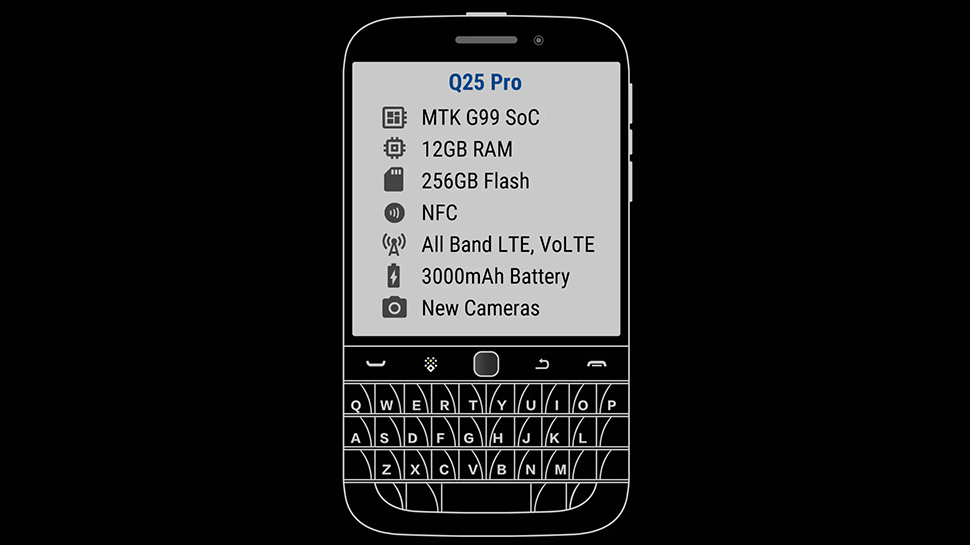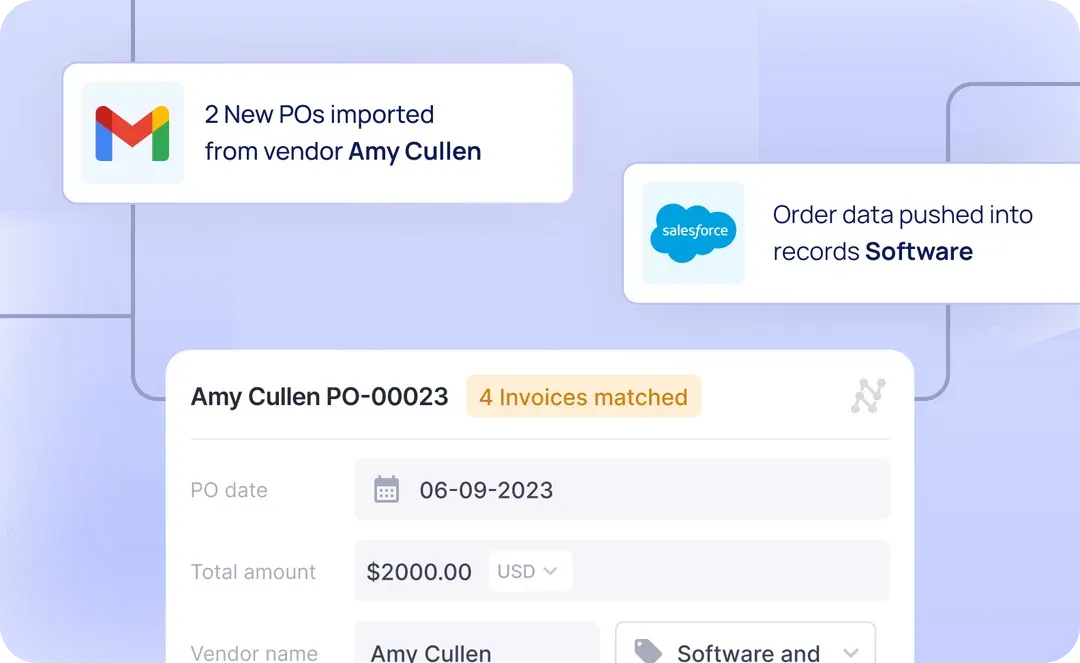Supplier order management: How a furniture retailer automated order confirmation processing
See how AI-powered document processing helped them cut 70+ hours weekly, eliminate errors costing €144,000+ annually, and enabled automated customer updates—all without expanding staff.


Selling custom-made furniture in this age of mass production is not easy. But this mid-sized, Europe-focused furniture retailer was making it work. Their secret? Letting customers choose everything — from fabric choices to sofa leg styles, even down to the color of decorative nails.
However, as sales grew, the made-to-order created a major problem. Each order was unique — different fabrics, custom features, and special requirements. The team had to carefully handle each customization, create detailed specifications for suppliers, and ensure every special request was correctly manufactured. When suppliers sent back order confirmations, the real challenge began.
With an 8-week order cycle, processing delays meant customers waited without updates. Order backlogs grew, negative reviews increased, and 20-30% of all orders were experiencing some form of error or issue. They needed a way to process these documents accurately without hiring more staff.
The real cost of manual supplier order management
The supplier documents arrived as complex PDFs — some up to 16 pages long, in multiple languages, and with different technical notations. Their seven-person operations team spent 10-15 hours per week per person processing these documents. That's 70-105 hours weekly just matching codes and verifying details.
At an average hourly rate of 180 SEK for operations specialists in Sweden, the manual processing was costing them approximately 655,200-982,800 SEK (€59,600-€89,400) annually in direct labor costs.
On top of that, the manual process resulted in 20-40 order errors across 100-150 monthly orders. It meant either the customer had to be compensated or the incorrect item had to be sold off at a loss. The potential losses due to incorrect order could end up costing €12,000 monthly.
To sum up, the processing inefficiencies had major downstream effects:
- Customers left waiting for updates about their orders
- Inability to provide accurate delivery timelines
- Increasing negative reviews specifically mentioning poor communication
- Time spent correcting mistakes managing and selling off returns
- Opportunity cost of skilled team members doing manual work
- Additional hiring needs as order volumes grew
Automation seemed like the obvious solution. However, their unique processes and high level of customization meant they had to find a system that could handle their specific needs. They needed something that could not only process complex PDFs accurately but also adapt to their careful, detailed verification process while working seamlessly with their existing systems.
Why traditional order confirmation processing failed the retailer
Let’s take a look at how this retailer’s order handling workflow looked like.
- Customer places order on their website
- Order flows through their e-commerce system, Crystallize, into their ERP, Business Central, as a sales order
- Team manually collects these orders 2-3 times weekly and uses internal filters to select the appropriate supplier for the order
- Creates Excel files for suppliers detailing what needs to be manufactured
- Suppliers send back order confirmations confirming what they can make and when they can deliver
- Order confirmation data is manually extracted and matched to sales orders
- Order confirmation number and promised delivery dates are added to Business Central for matched items
- When all items in an order are matched, customers are informed the tentative delivery data
- Once the product is in production and transit, suppliers send packing lists
- Team verifies these against sales orders to ensure each item is being readied
- Continia is used to create POs from these packing lists
- These help mark sales orders for delivery and schedule product release in their warehouse management system
This complex process created a strange workflow where purchase orders were created after receiving packing lists rather than before placing orders with suppliers. This unusual approach was necessary because they collected website orders on specific days before sending them to suppliers. Additionally, not all items in a customer order would go to the same supplier, meaning parts of a single order might arrive at different times.
Additionally, three more factors made this process particularly difficult to automate:
Differences in product listings
Since customization was at the core of their business, they needed to track each component of a custom order separately. So a custom sofa won’t be recorded as a single item in Business Central but as separate line items — one for the sofa model, another for the fabric choice, and more for special features like bronze nails.
However, the supplier often lists all these details as a single item in their order confirmation. For example, if a supplier confirmed 'Valen three-seater in Blue fabric with bronze nails', the team would have to match this single entry to three separate lines in Business Central. This complex structure made processing order confirmations particularly challenging.
Language and notation differences
The furniture company's suppliers used different languages and technical notations in their documents. One supplier used English with German technical notations, while another mixed Swedish and English terms. This made matching with sales orders particularly challenging because Business Central needed clear, standardized product codes.
So, even something simple like steel nails could appear in multiple ways — as a technical code in one document, in plain English in another, or as a German notation in a third. The team had to manually interpret and translate these variations during data entry to ensure accurate matching.
Special case handling
Some orders required specific handling rules. For instance, when an order confirmation was marked as 'Showroom' instead of having a customer reference, it needed different processing since it wasn't tied to a customer order.
The team had to first spot these exceptional cases, then apply different verification rules — adding more steps to their manual processing. This meant constantly switching between different procedures depending on the type of order they were handling.
Split orders
Customers could order items that came from different suppliers. For example, a customer might order a sofa from one supplier and a footstool from another.
So when order confirmations arrived, the team had to carefully match each to the right parts of the customer's order in Business Central. Since confirmations came separately from different suppliers, they needed to track which items were confirmed and which were still pending — all while ensuring they were updating the correct line items for each product.
They tried various tools, including Continia, but they couldn't effectively handle these complex documents while maintaining the accuracy their process demanded. They needed a flexible solution that could accurately extract and interpret rigid, lengthy PDFs while adapting to their specific workflow needs.
That's when they approached us at Nanonets.
How we automated the retailer’s order confirmation processing workflow
Looking at their complex order handling process, we knew automation needed to happen step by step. We started with order confirmations. We built a flexible workflow that could automate the process from receiving supplier documents to updating Business Central with delivery dates. The idea was to use this as a foundation for other potential workflows, like packing list processing.
Here's a quick overview of how the automated workflow worked:
- Team forwards order confirmations to a dedicated email address or uploads them to a Dropbox folder
- Our system identifies the supplier format and applies relevant processing rules
- For each document, our model:
- Extracts order references, product details, and delivery dates
- Finds corresponding sales orders in Business Central
- Maps supplier product descriptions to correct Business Central codes
- Identifies special cases like showroom orders
- Nanonets flags items needing review:
- Quantity mismatches
- Product code discrepancies
- Unmatched items
- Team reviews flagged items through simple interface
- System learns from corrections
- Once verified, updates Business Central with delivery dates
Here’s how we went about solving different challenges in their document processing workflow:
1. Automated document intake:
We established reliable document intake channels by configuring email forwarding rules and setting up Dropbox folder monitoring. This eliminated the manual downloading, sorting, and classifying of order confirmations. The system automatically detects new confirmations and routes them for processing.
2. Product matching:
The biggest challenge was matching supplier product descriptions to multiple Business Central line items.
So, we built a matching system that:
- Starts with exact description matching
- Falls back to fuzzy matching when needed
- Filters results based on additional criteria like upholstery codes
- Handles the "one-to-many" problem (one supplier item to multiple Business Central lines)
When a supplier lists "Valen three-seater in Blue fabric with bronze nails" as a single item, our system can now automatically identify and update the corresponding sofa model, fabric, and special feature lines in Business Central.
3. Supplier-specific rules
Each supplier's documents required custom handling:
- For supplier A: The system extracts article numbers and variant codes from product descriptions, checking "Options" fields for special features like decorative nails
- For supplier B: The system handles mixed Swedish-English terms and matches based on product descriptions and quantities
- For both: Additional verification steps for upholstery codes, styles, and special notes
4. Managing exceptions
To handle their special cases, we built specific detection and processing rules:
- System identifies showroom orders automatically
- Handles split orders by tracking multiple confirmations
- Processes special product codes with specific rules
- Flags exceptions that need human review
The interface lets the retailer review these exceptions efficiently. When they make corrections, the system learns from these changes — improving future extraction and matching accuracy.
The ROI of automated supplier order management
Within 3-4 months, the automated system delivered measurable results across four critical areas:
- Processing time cut from 70-105 to 40-50 hours weekly
- Complete elimination of order backlogs
- Ability to handle growing order volumes without additional staff
- Integrated with Klaviyo for automated customer communications
- Proactive order updates throughout the 8-week order cycle
- Fewer negative reviews and customer inquiries
- Early detection of product mismatches before production
- Monthly savings of €12,000 from error prevention
- Operations team shifted to value-creating activities
- Expansion into the German market with the same workflow
What moved the needle most for the retailer? Our system's ability to accurately process complex PDFs – it is something they didn't expect could be done effectively. Even 16-page documents with mixed languages and technical notations are now processed accurately.
They're also planning to extend the automated workflow to their Germany-region operations since the process would remain the same, more or less. The only difference would be the language – something that Nanonets would be able to handle seamlessly.



















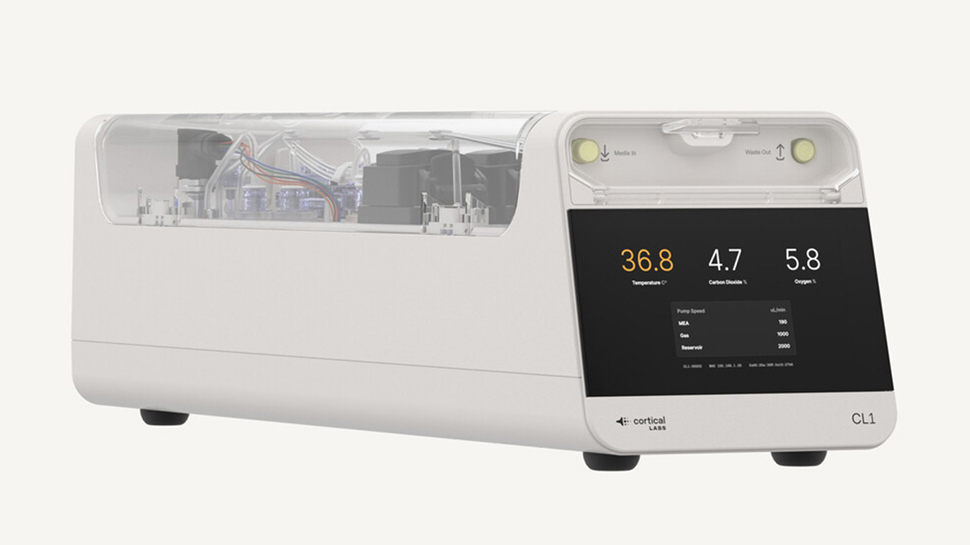
















































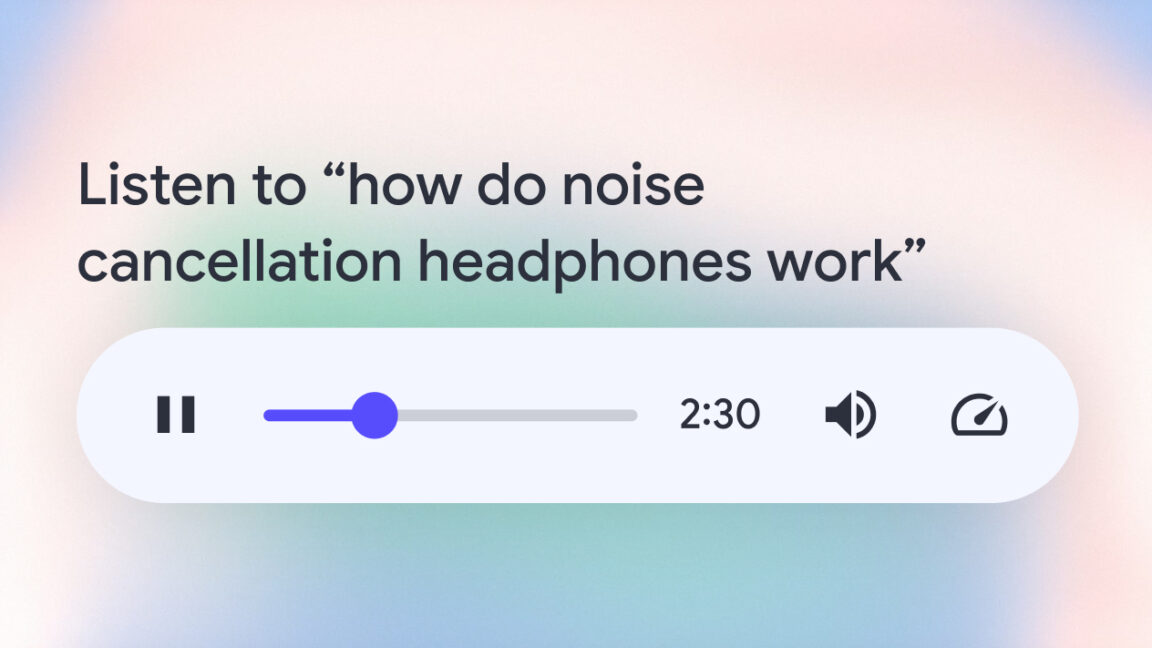




























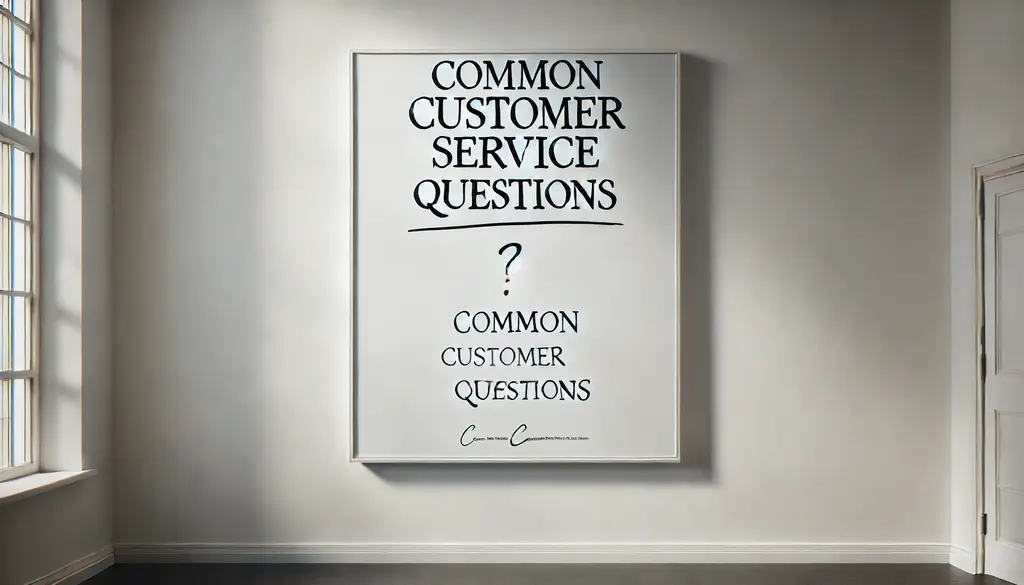









































































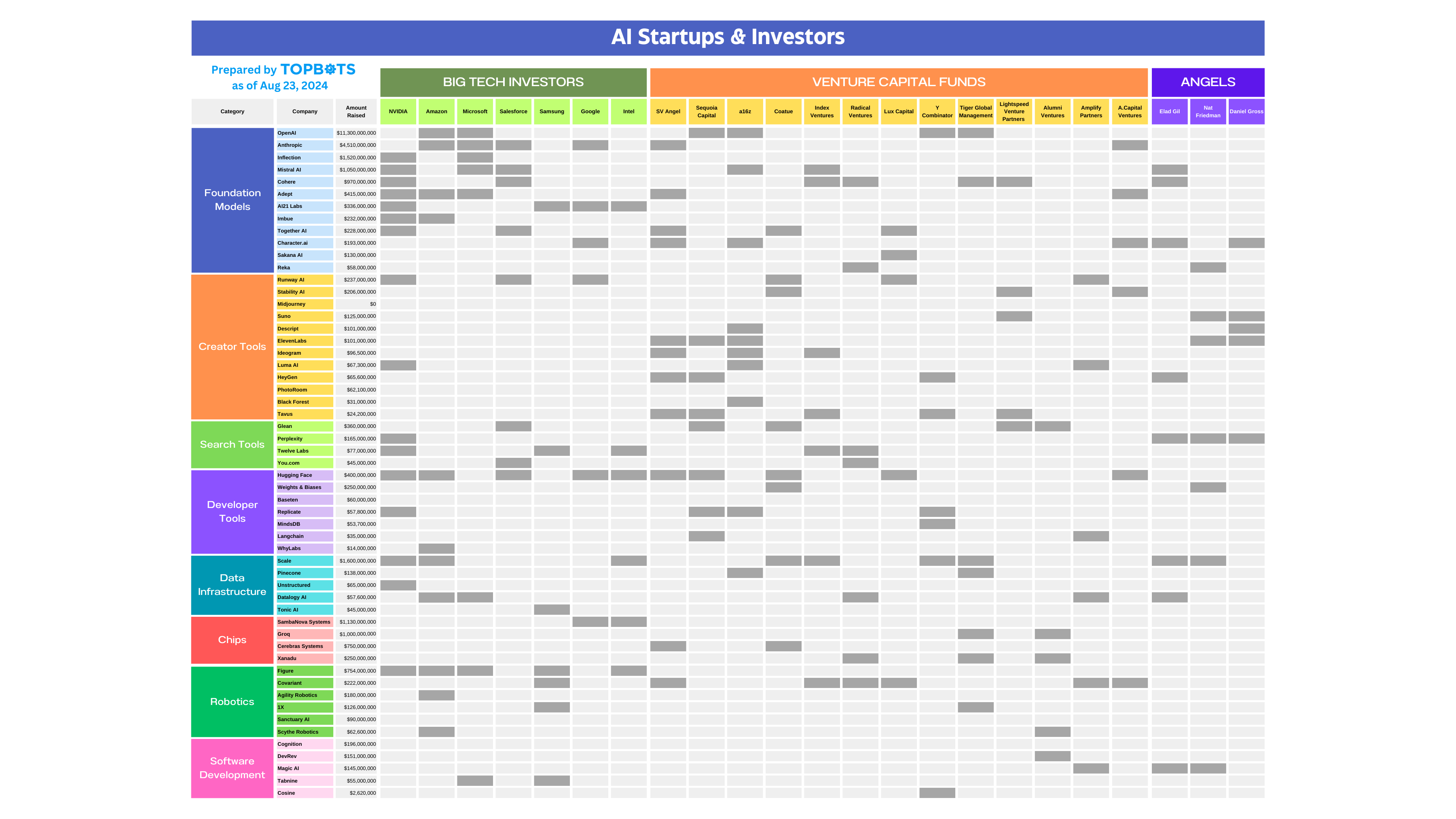

![[The AI Show Episode 152]: ChatGPT Connectors, AI-Human Relationships, New AI Job Data, OpenAI Court-Ordered to Keep ChatGPT Logs & WPP’s Large Marketing Model](https://www.marketingaiinstitute.com/hubfs/ep%20152%20cover.png)










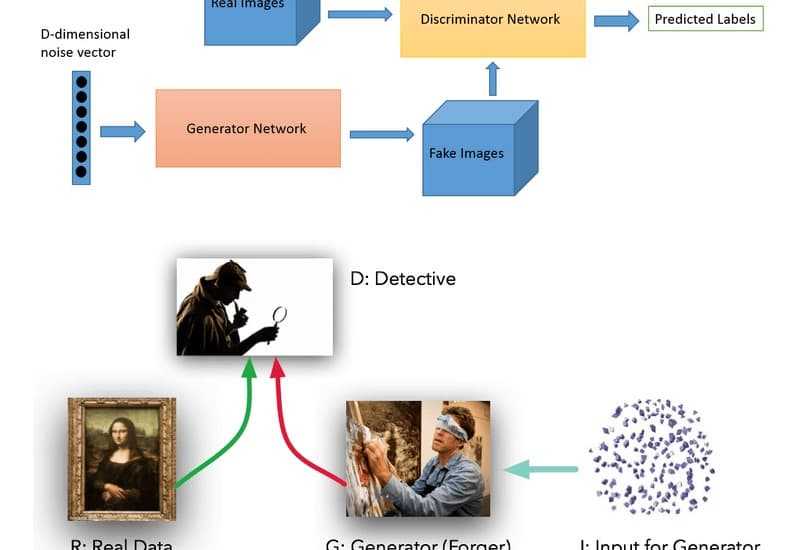
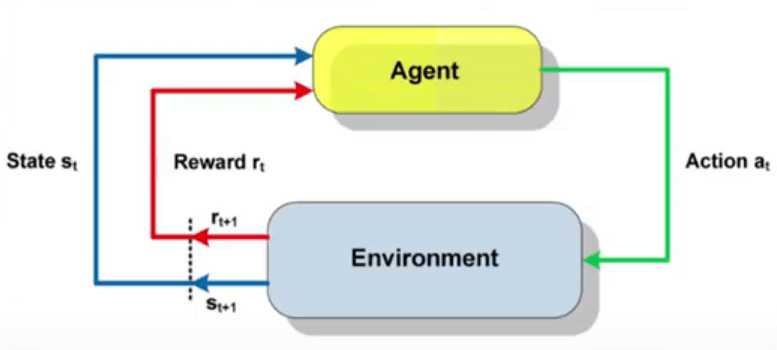


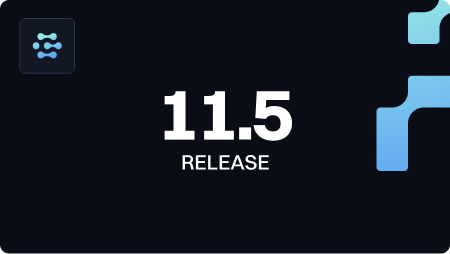

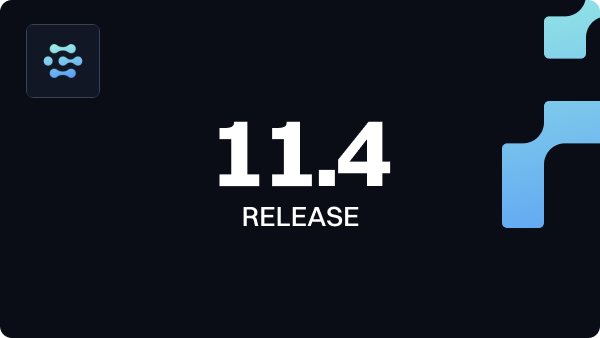














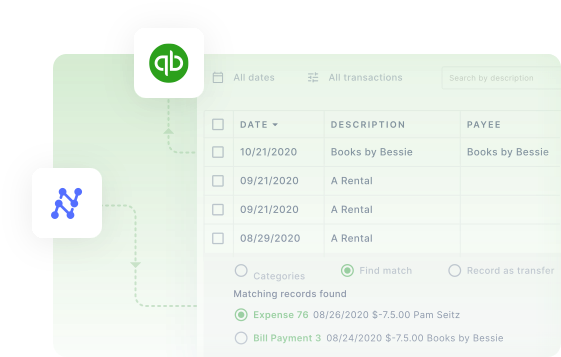









































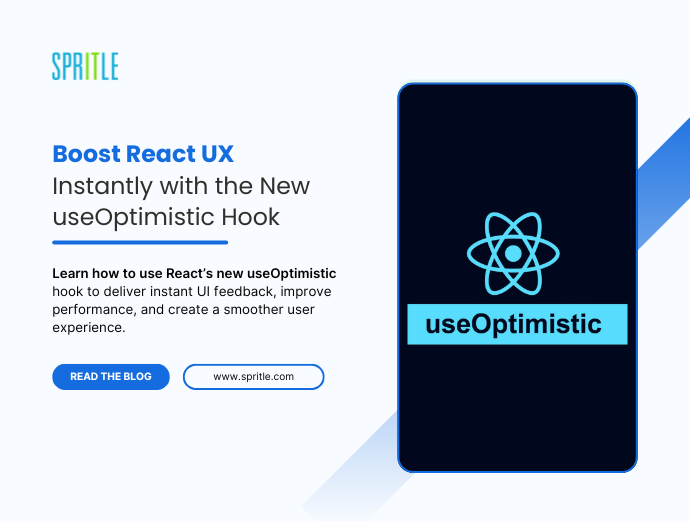
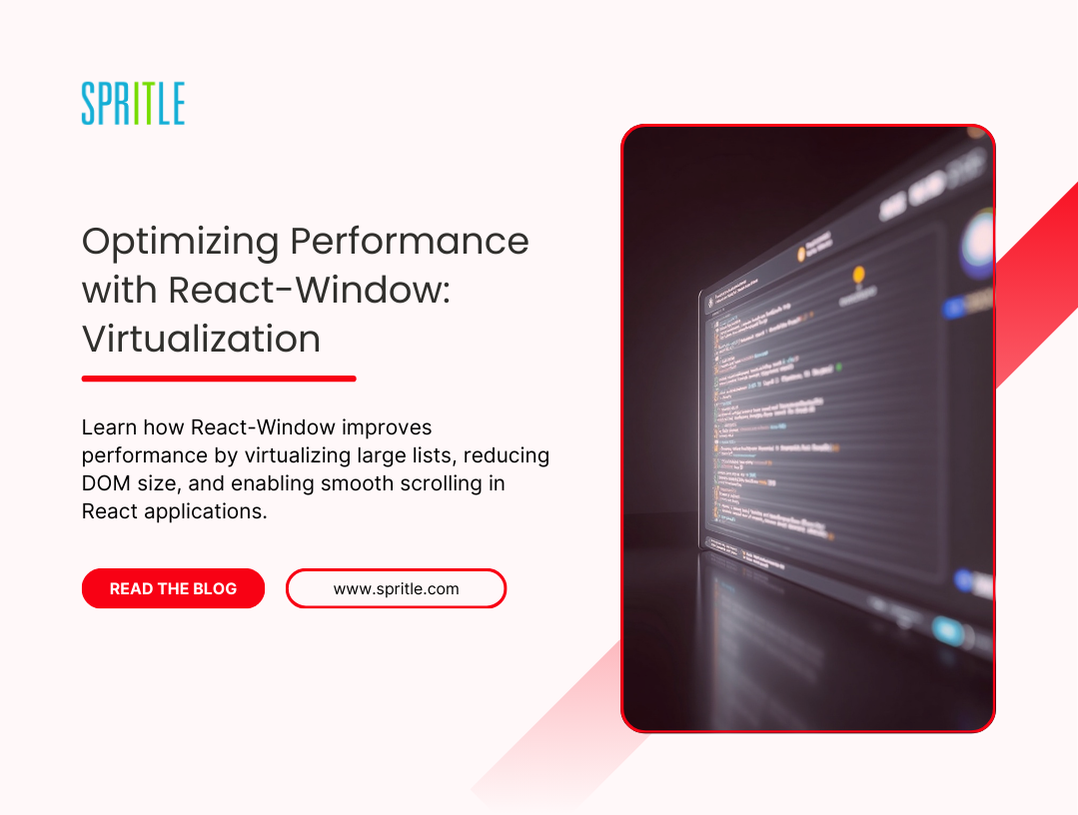



































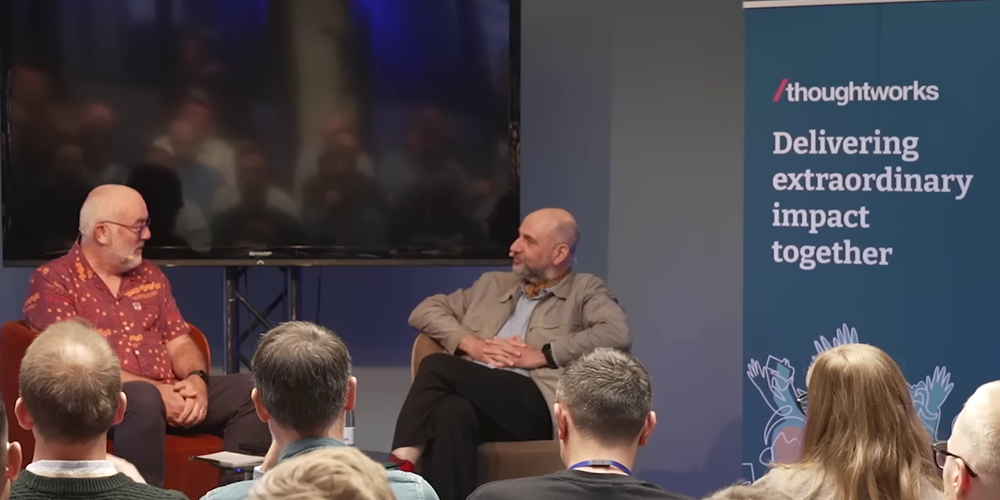





![[FREE EBOOKS] Natural Language Processing with Python, Microsoft 365 Copilot At Work & Four More Best Selling Titles](https://www.javacodegeeks.com/wp-content/uploads/2012/12/jcg-logo.jpg)






















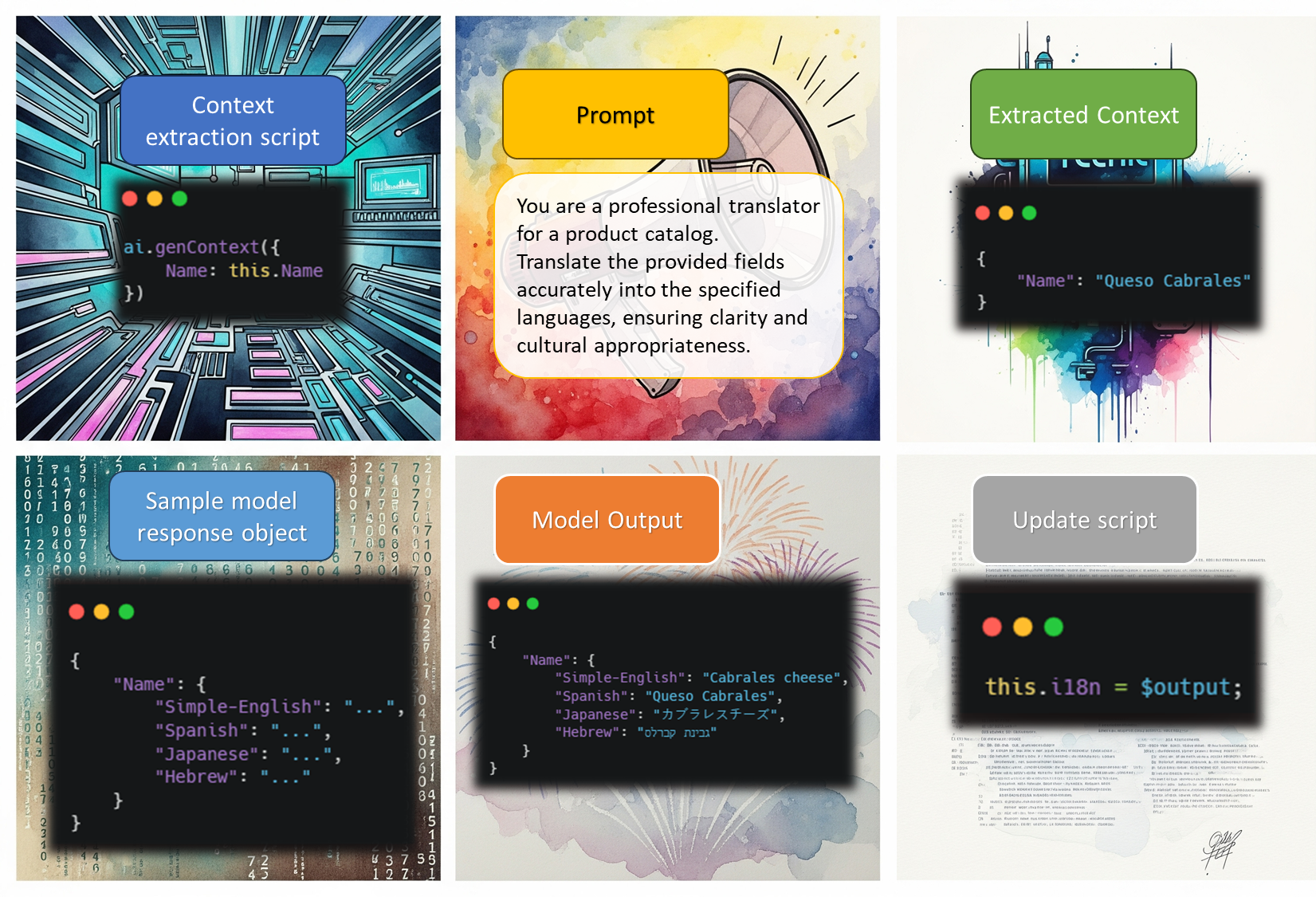






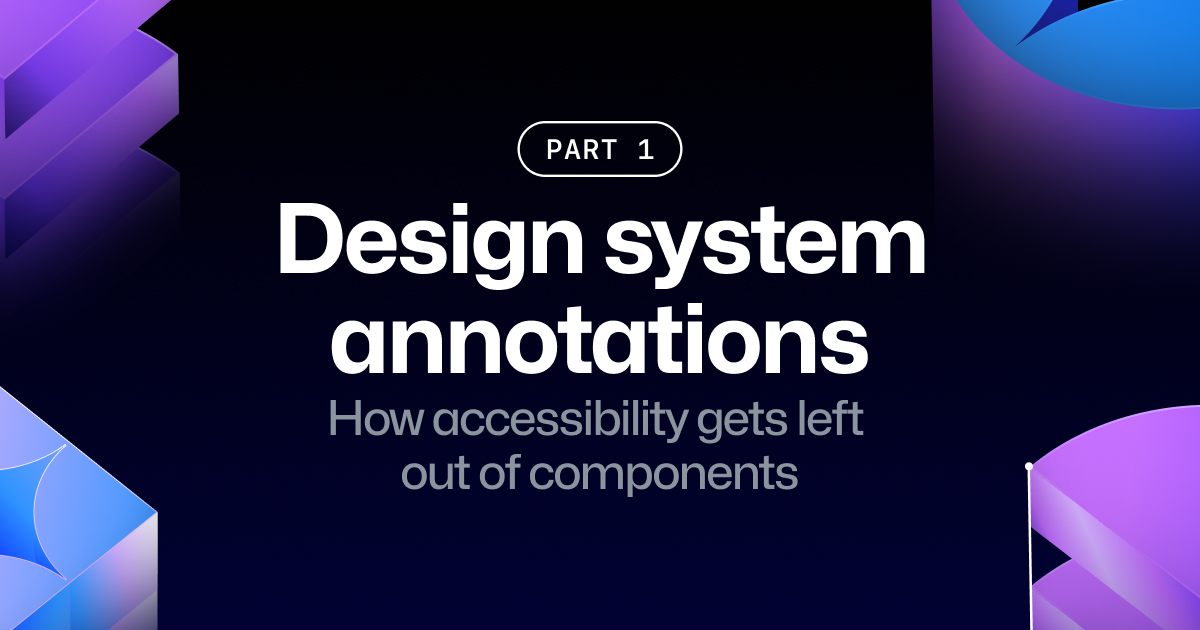
























.jpg?width=1920&height=1920&fit=bounds&quality=70&format=jpg&auto=webp#)








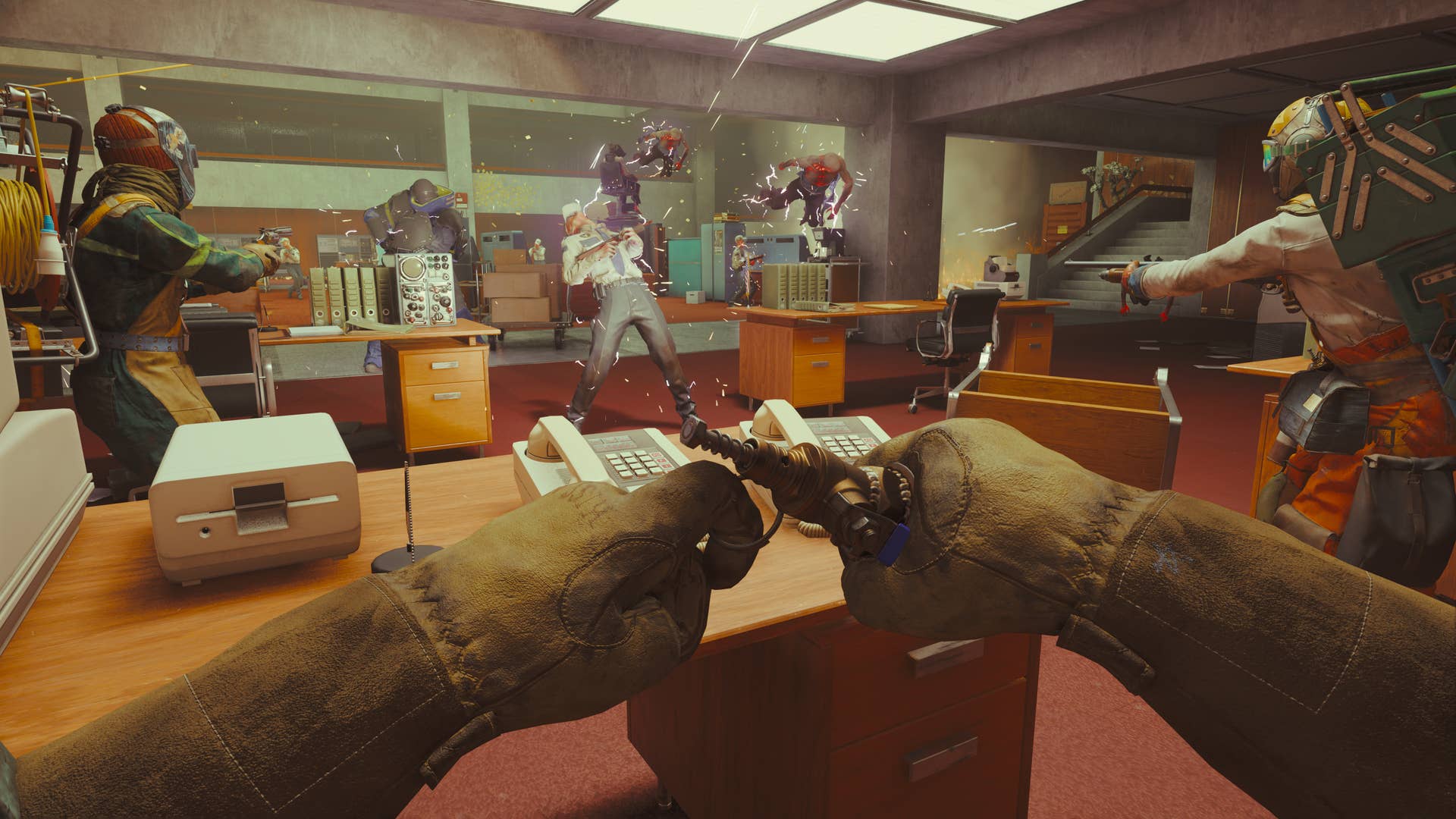











































































_Andreas_Prott_Alamy.jpg?width=1280&auto=webp&quality=80&disable=upscale#)
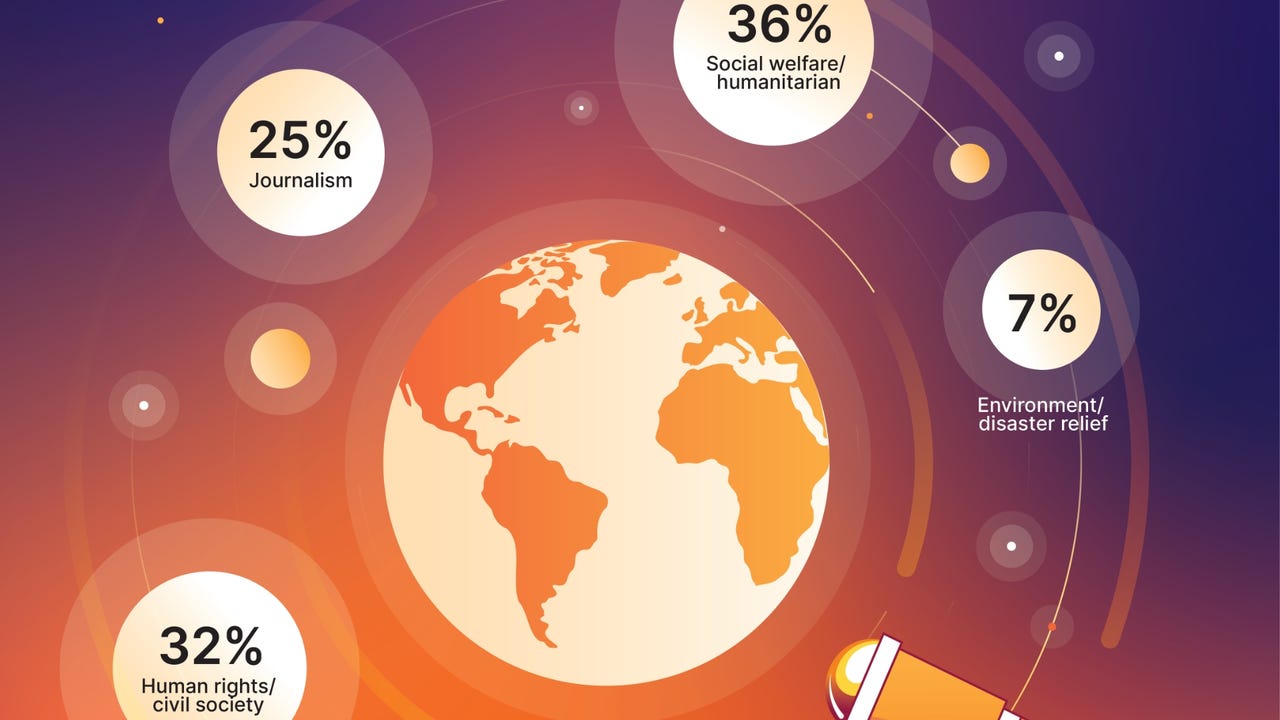
_designer491_Alamy.jpg?width=1280&auto=webp&quality=80&disable=upscale#)















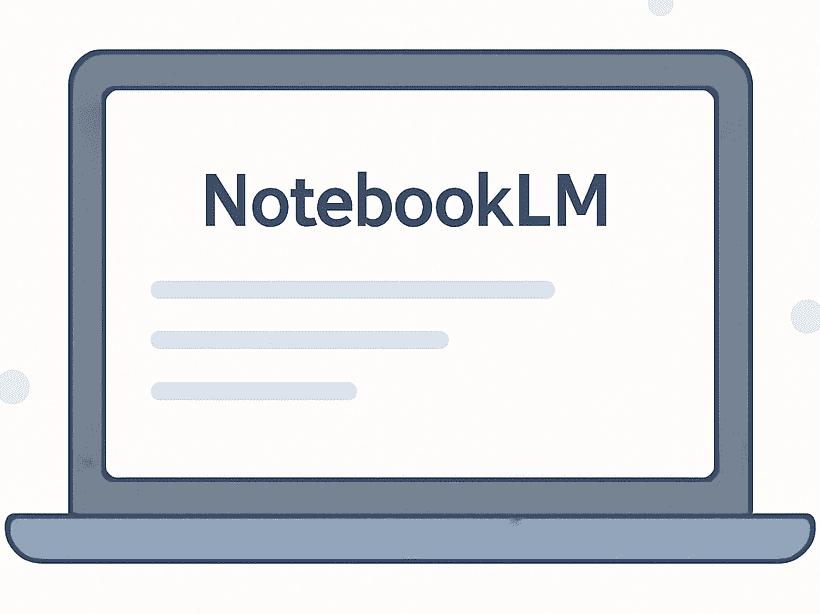








































































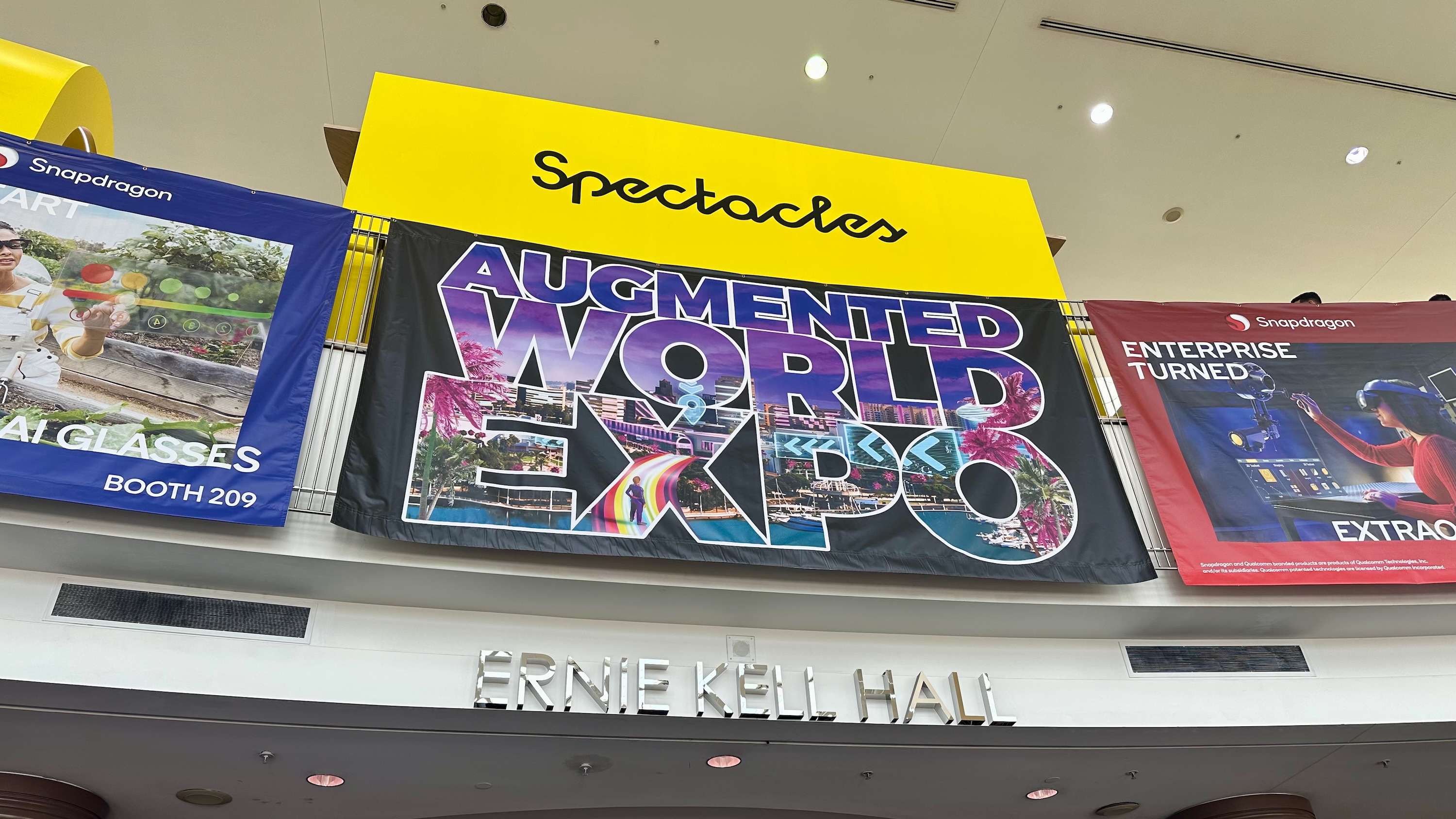










![Google Play Store not showing Android system app updates [U]](https://i0.wp.com/9to5google.com/wp-content/uploads/sites/4/2021/08/google-play-store-material-you.jpeg?resize=1200%2C628&quality=82&strip=all&ssl=1)



































